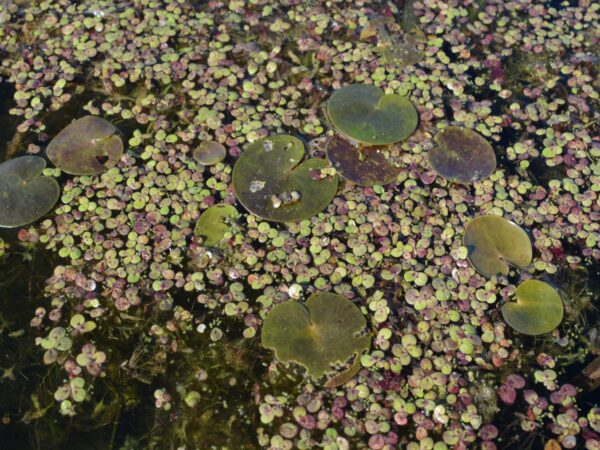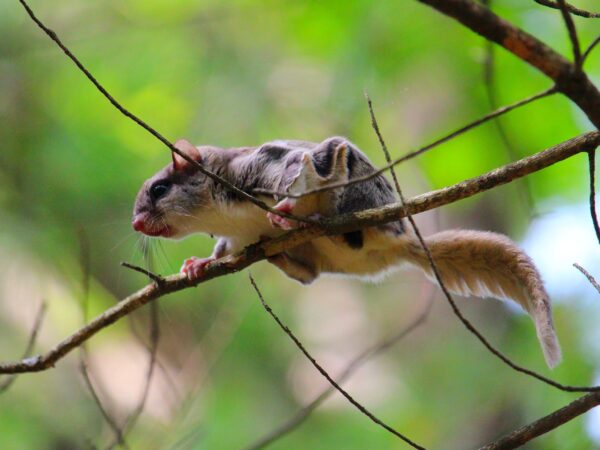
A recent burst of cold weather has boosted Great Lakes ice coverage from initial projections that were well below historical average back to the typical range.
But the current levels still expose a long-term trend of overall declining coverage, scientists say.
“In terms of Great Lakes ice cover, we do see decline and reduced ice cover in recent decades,” Ayumi Fujisaki-Manome, assistant research scientist with the Cooperative Institute for Great Lakes Research, said in an interview with Great Lakes Now. “And this is primarily because of global warming.”
The NOAA Great Lakes Environmental Research Laboratory has data on Great Lakes ice coverage going back to 1973. The lowest year on record for annual maximum coverage was 2002 with a five-lake average of 11.8%.
While NOAA’s data shows that ice coverage growth and decline in a cycle, the trend also shows an overall decline in the cycle, with the annual average 22% lower than it was in 1973.
In early January, initial projections for Great Lakes ice coverage for 2022 were 12.3% over all of the Great Lakes, but a regional cold snap in mid-February quickly turned that around.
The high for this year so far is a basin-wide ice concentration average of 44.42% on Feb. 5.
Usually at least 50% ice cover is expected on the Great Lakes, according to Andrea Vander Woude, a physical research scientist at GLERL.
Ice coverage usually peaks somewhere around February to early March, according to annual data, so there’s still time for the lakes to catch up.
What the declining trend means for the Great Lakes is still a major question. Nearly all scientific sampling of the lakes – including oxygen content, water quality and species counts – typically happens between May and September, resulting from a combination of the difficulty of obtaining data in the winter and a previously held belief that not much of interest happens during that time.
“There (is) so much unknown in terms of the implications of loss of ice cover for many areas, including ecology, fishery, weather, physical processes,” said Fujisaki-Manome. “We don’t know much about it, mostly because it’s so hard to make observations in ice-covered or wintertime lake.”
But a group of scientists is hoping to change that dearth of Great Lakes wintertime research and data. This month, scientists from more than a dozen U.S. and Canadian universities and government agencies – including University of Michigan, University of Windsor, GLERL and Environment and Climate Change Canada – have come together in a coordinated campaign to sample all five Great Lakes and Lake St. Clair.
“We’re taking a snapshot of the Great Lakes at the peak of winter,” said lake biologist and Winter Grab project leader Ted Ozersky of the University of Minnesota Duluth. “We’re hoping this will kick-start increased interest in wintertime research.”
Catch more news on Great Lakes Now:
Great Lakes researchers predict record-low ice coverage
Minnesota lake ice shrinking as climate change warms winters
Featured image: (Photo Credit: Great Lakes Outreach Media)
1 Comment
-
“Usually at least 50% ice cover is expected on the Great Lakes” All of the great lakes are at or above their long term averages for ice cover. Lake Superior is above average. Enough with the fear mongering about climate change. The lakes are doing fine climate wise. Let’s focus on the real issues like invasive species, water pollution (CO2 is not a pollutant–it is plant food) and water diversion.




